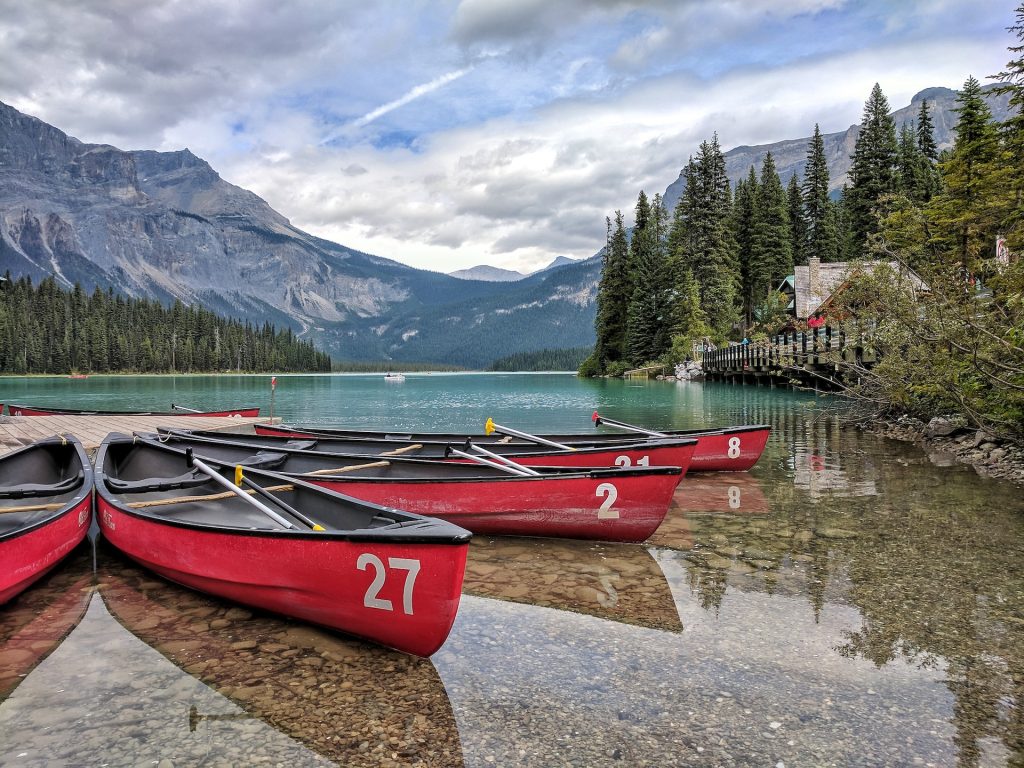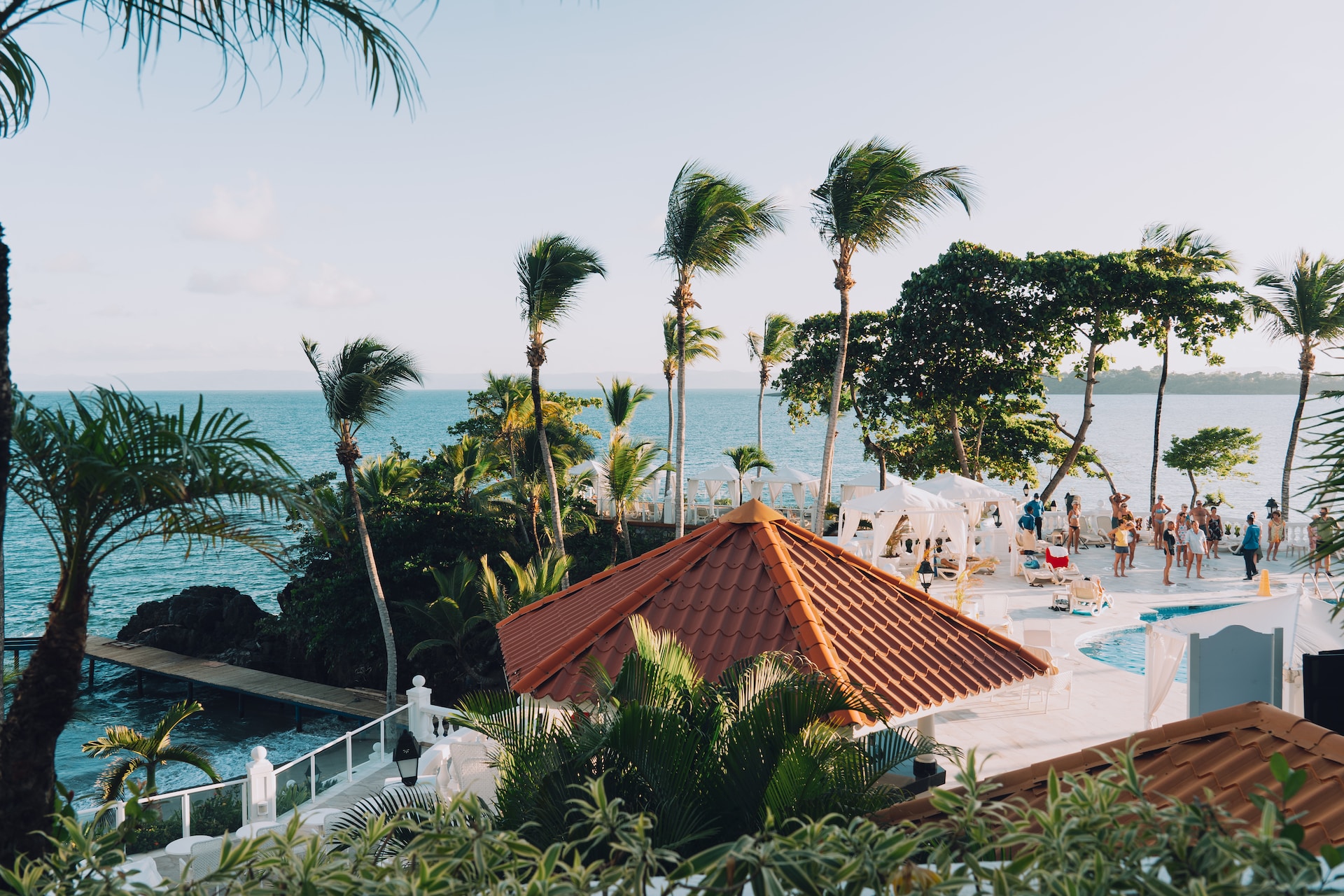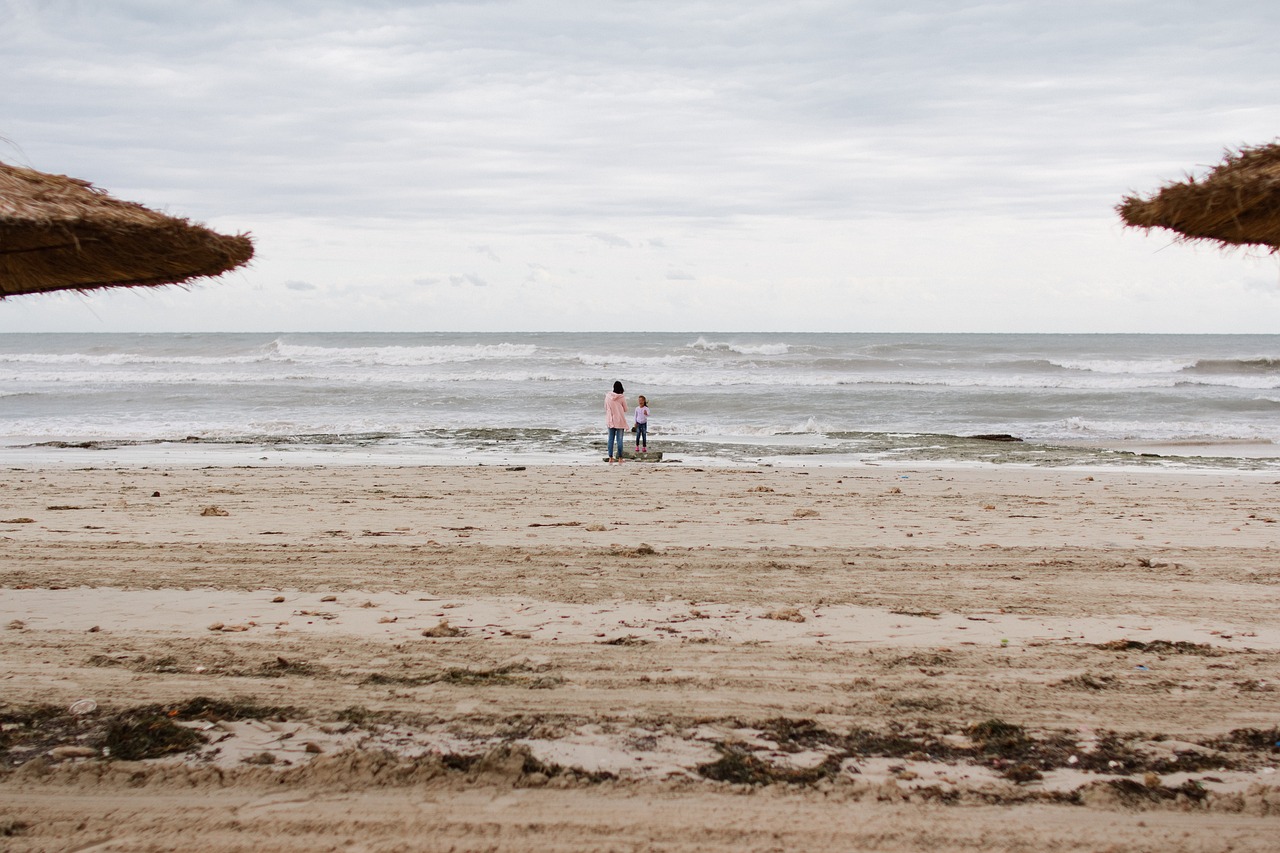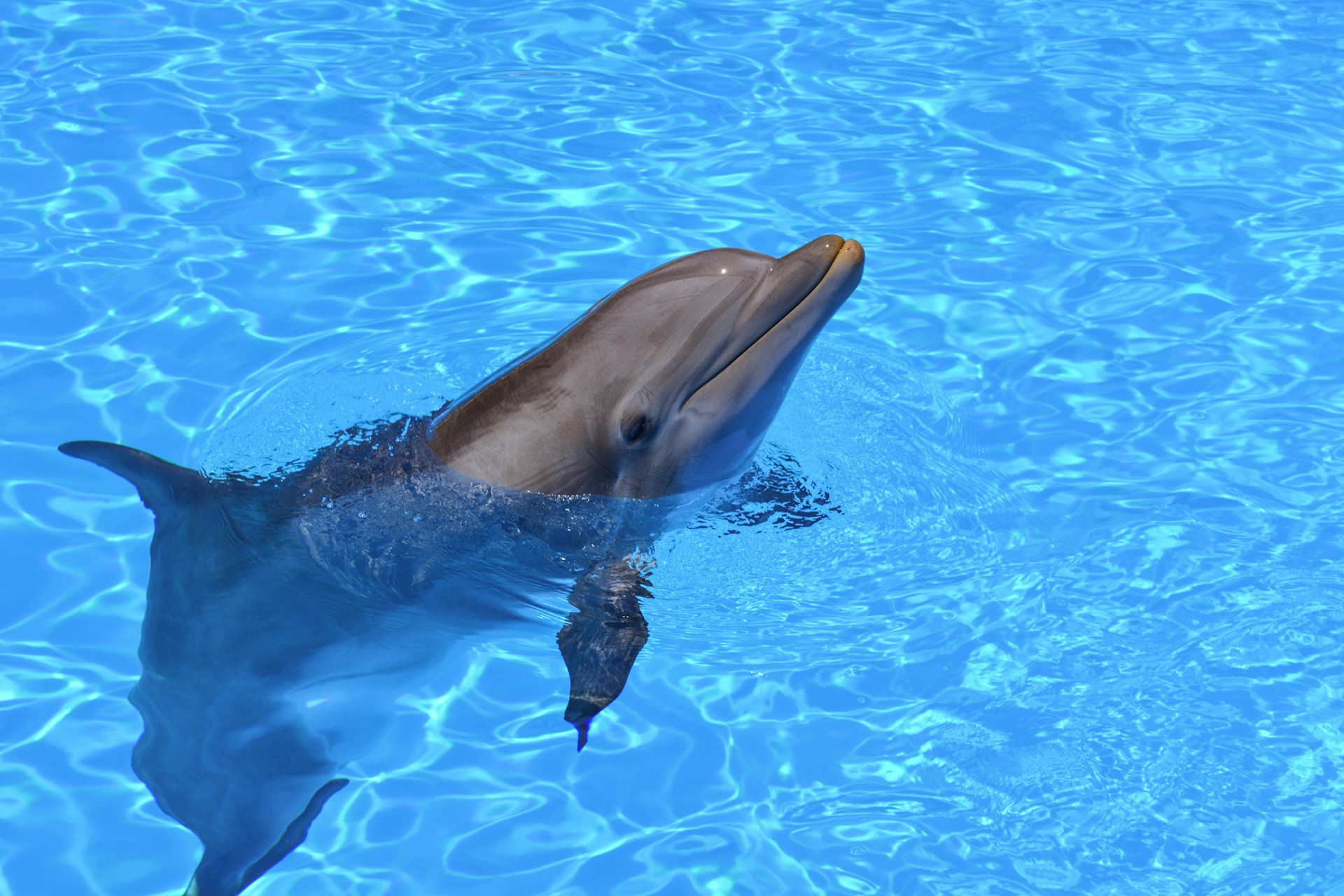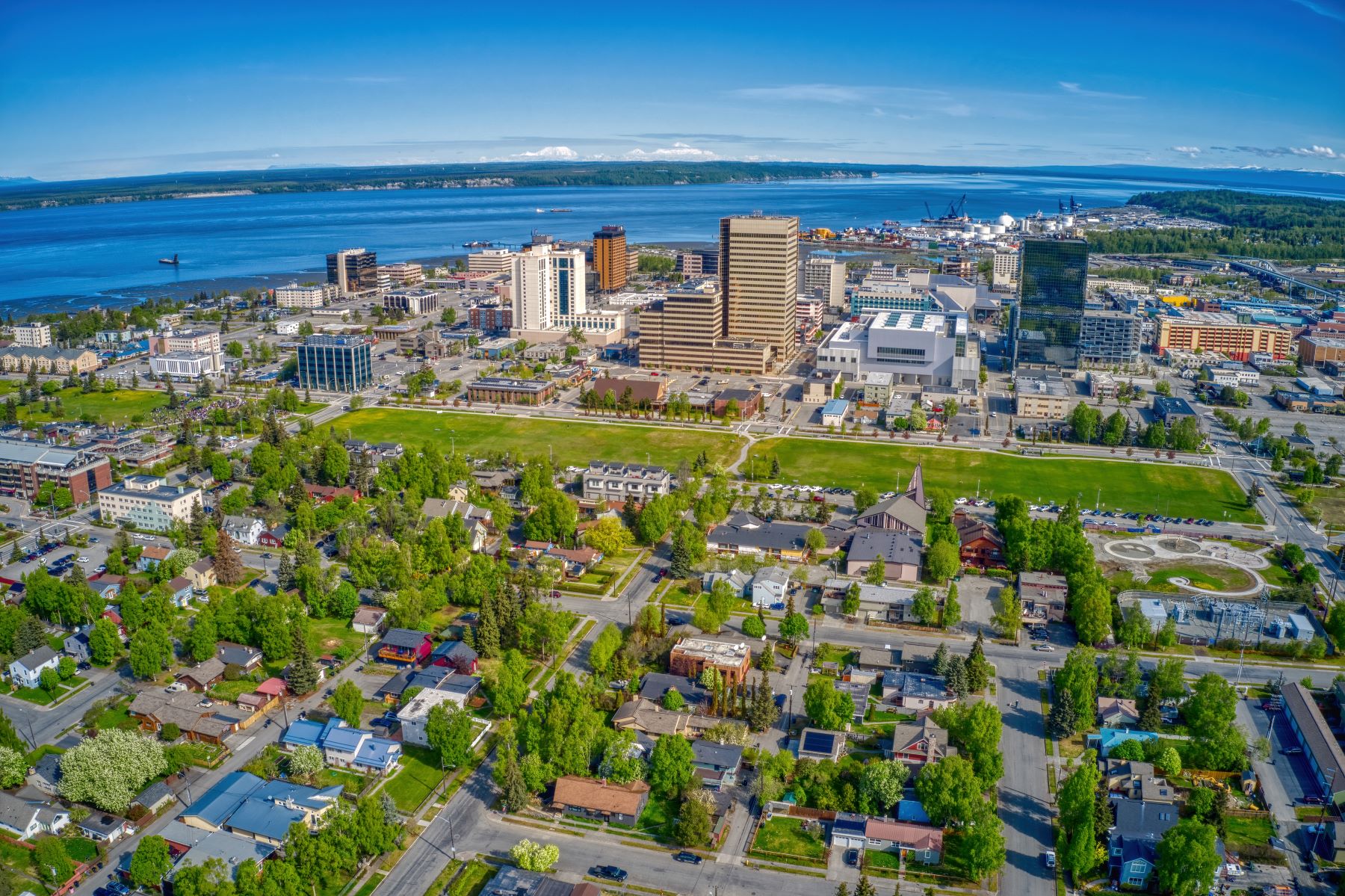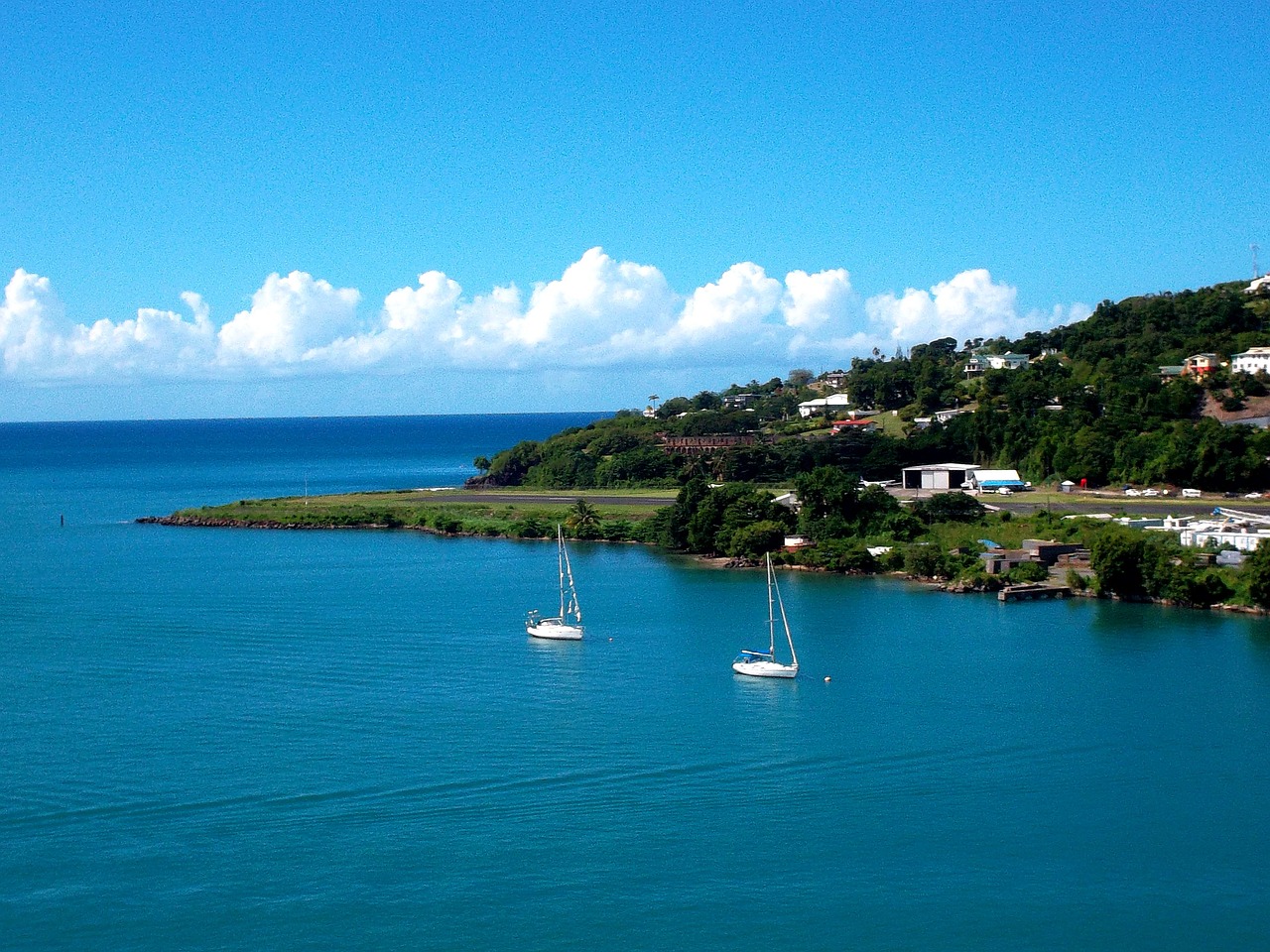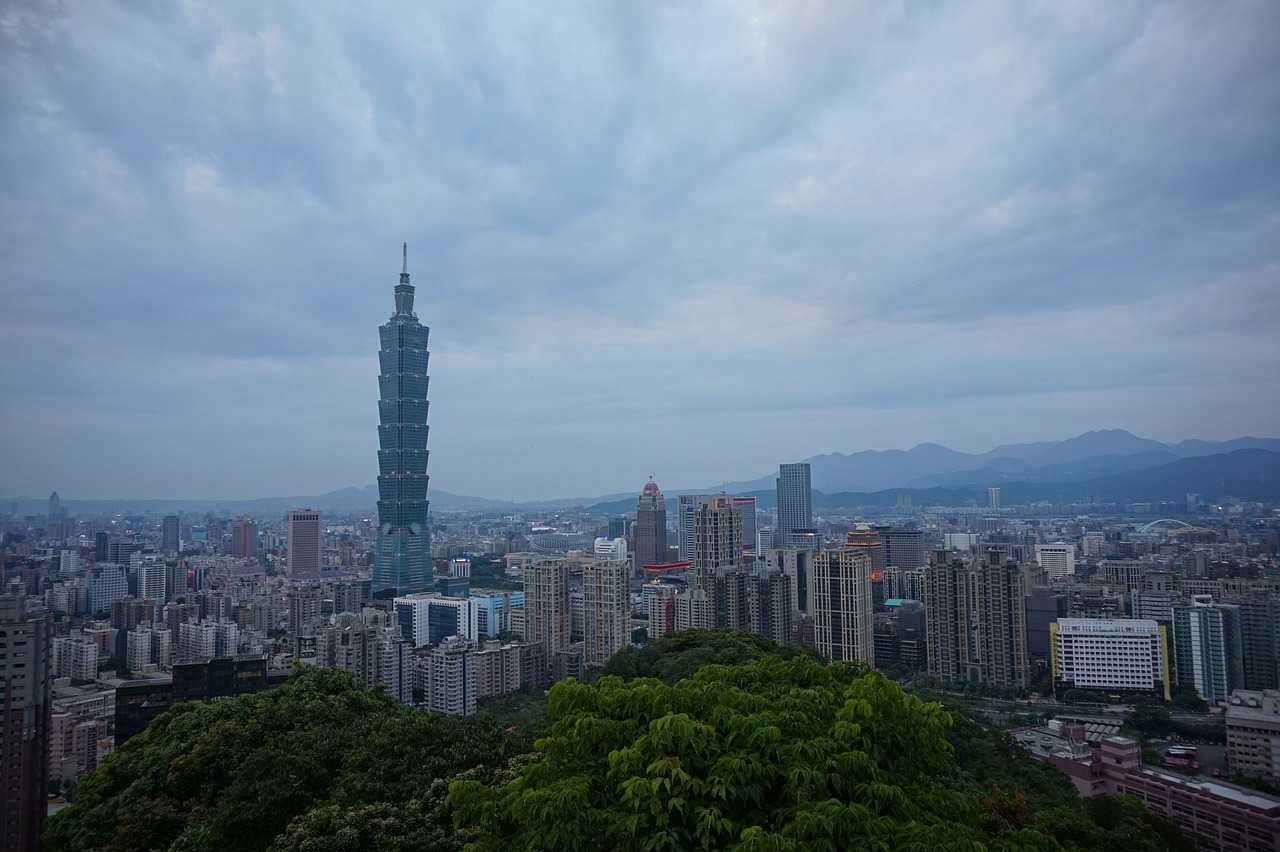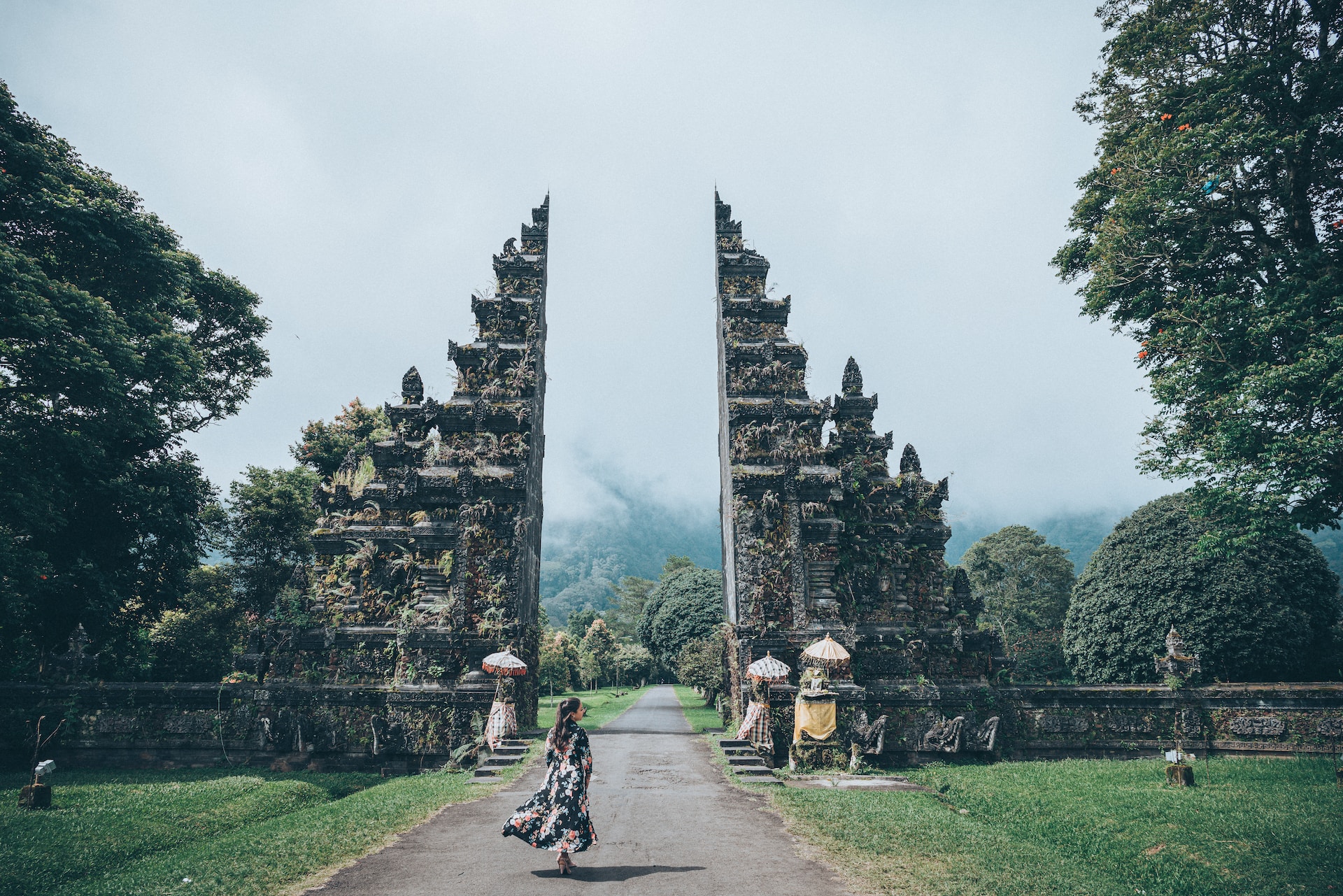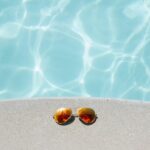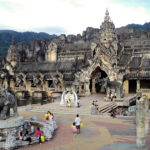British Columbia, with its stunning landscapes, vibrant cities, and diverse outdoor activities, is a captivating destination that attracts travelers from around the world. However, deciding when to visit this beautiful province can be a crucial factor in determining your overall experience. British Columbia offers something unique in every season, so whether you’re a fan of winter wonderlands, spring blooms, summer adventures, or fall foliage, there’s a perfect time to visit. In this article, we’ll explore the various seasons in British Columbia and help you decide when is the best time to plan your trip.
Spring: March to May
Spring in British Columbia is a magical time when the province awakens from its winter slumber. Here are some reasons why spring can be an excellent time to visit:
Mild Weather: Spring brings milder temperatures to the region, with daytime highs ranging from 10°C to 15°C (50°F to 60°F) on the coast. Inland areas might still experience cooler evenings, but overall, the weather is pleasant and comfortable for outdoor activities.
Cherry Blossoms: Vancouver and other cities in British Columbia burst into color as cherry blossoms blanket the streets in shades of pink and white. The Cherry Blossom Festival in Vancouver celebrates this natural spectacle and is a fantastic time to visit for flower enthusiasts.
Wildlife Watching: Spring is an excellent time for wildlife enthusiasts as animals emerge from hibernation. You may spot bears, whales, and various bird species in their natural habitats.
Lower Crowds: Compared to the summer months, spring sees fewer tourists, making it a quieter and more peaceful time to explore popular attractions.
Outdoor Adventures: With the snowmelt, spring is perfect for activities like hiking, biking, and golfing in the lush green landscapes of British Columbia.
Summer: June to August
Summer is arguably the most popular time to visit British Columbia, and for good reason. Here’s what you can expect during this season:
Warm and Sunny Weather: Summer in British Columbia offers warm temperatures, with coastal areas enjoying pleasant highs between 20°C and 25°C (68°F to 77°F), while the interior can be hotter.
Festivals and Events: The summer months are packed with festivals and events, such as the Vancouver International Jazz Festival, Vancouver Folk Music Festival, and the Celebration of Light fireworks competition.
Outdoor Recreation: British Columbia is a playground for outdoor enthusiasts during the summer. You can indulge in activities like hiking, camping, fishing, kayaking, and mountain biking.
Beaches and Water Activities: Coastal towns like Vancouver, Victoria, and Kelowna boast beautiful beaches, where you can swim, paddleboard, or simply soak up the sun.
Peak Tourist Season: Be prepared for larger crowds and higher prices during the summer months, especially in popular tourist destinations like Whistler and Vancouver Island.
Fall: September to November
Fall in British Columbia is a season of transition, as the landscape transforms into a breathtaking tapestry of red, orange, and yellow foliage. Here’s why you might consider visiting during this time:
Stunning Fall Foliage: The changing colors of the deciduous trees make fall one of the most picturesque times to explore the province. The Kootenay and Okanagan regions are particularly famous for their vibrant fall foliage.
Wine Harvest: September is the time of the wine harvest in the Okanagan Valley, making it a great season for wine lovers to visit and enjoy wine tours and tastings.
Mild Weather: Fall brings comfortable temperatures, with highs averaging around 15°C to 20°C (59°F to 68°F) in many parts of the province. It’s an excellent time for outdoor activities like hiking and cycling.
Fewer Tourists: Fall is considered shoulder season, so you can enjoy popular attractions with fewer crowds and often at lower prices.
Wildlife Viewing: Fall is also a prime time for wildlife viewing, with salmon runs drawing bears and eagles to rivers, and migrating birds passing through.
Winter: December to February
While British Columbia is known for its stunning summers, the province truly comes alive in the winter months. Here’s why winter can be a fantastic time to visit:
Skiing and Snowboarding: British Columbia is home to world-renowned ski resorts such as Whistler, Big White, and Sun Peaks. The winter season offers excellent conditions for skiing and snowboarding.
Winter Sports and Activities: Besides downhill skiing, you can enjoy cross-country skiing, snowshoeing, ice skating, and even snowmobiling in various regions.
Beautiful Winter Scenery: The landscapes are transformed into a winter wonderland, with snow-covered mountains, frozen lakes, and charming alpine villages.
Festive Atmosphere: British Columbia hosts numerous winter festivals and events, including Christmas markets, New Year’s Eve celebrations, and Winterlude in Whistler.
Northern Lights: In the northern parts of the province, particularly in places like Yukon and Whitehorse, you have a chance to witness the mesmerizing Northern Lights during clear winter nights.
Deciding when to go to British Columbia depends on your interests and what kind of experience you seek. Each season offers something unique, from the colorful blooms of spring to the snowy adventures of winter. Consider your preferences, the activities you want to pursue, and your tolerance for crowds and weather conditions when planning your trip. Ultimately, British Columbia welcomes visitors year-round, so you can’t go wrong no matter when you choose to explore this Canadian gem.
Special Considerations for Each Region
While the seasons in British Columbia generally follow the patterns mentioned above, it’s essential to consider the specific regional nuances that can influence your decision on when to visit:
Coastal Areas (Vancouver, Victoria, and Vancouver Island):
The coastal regions tend to have milder and wetter winters compared to the interior. This makes them excellent destinations for those looking to escape harsh winter conditions elsewhere.
Summer temperatures are pleasant, but it’s advisable to book accommodations well in advance due to higher demand.
The Interior (Kelowna, Okanagan Valley, and Kamloops):
Summers in the interior are hot and dry, perfect for enjoying outdoor activities, vineyard tours, and lake experiences.
Fall is particularly popular in the Okanagan Valley due to the wine harvest and the stunning fall foliage.
The Kootenay Region (Nelson, Revelstoke, and Kootenay National Park):
The Kootenays are known for their fantastic fall foliage, with brilliant colors lasting from late September through October.
Winter in this region is ideal for those seeking a quieter and more serene mountain experience compared to the bustling ski resorts on the coast.
Northern British Columbia (Prince George, Smithers, and the Yukon Border):
Winters here are long and cold, making it perfect for winter sports enthusiasts, Northern Lights chasers, and those seeking a true winter adventure.
Summer offers extended daylight hours, ideal for exploring the untamed wilderness, fishing, and wildlife viewing.
Personal Interests and Preferences
When deciding on the best time to visit British Columbia, it’s crucial to align your travel plans with your personal interests and preferences. Here are some factors to consider:
Weather Tolerance: Some travelers prefer warmer weather and are willing to brave the crowds of summer. Others might enjoy the crisp air of fall or the snowy landscapes of winter.
Activities: Determine the activities you want to indulge in. If you’re an avid skier or snowboarder, winter is the obvious choice. Those interested in hiking and outdoor adventures might opt for spring or fall.
Budget: Peak tourist seasons tend to be pricier due to increased demand. Consider your budget when choosing your travel dates.
Crowds: Some travelers prefer quieter experiences and are willing to compromise on weather conditions to avoid crowds. Shoulder seasons like spring and fall are excellent for this.
Special Events: If you want to attend specific festivals or events, check their schedules and plan your trip accordingly.
British Columbia offers an incredible array of experiences and natural beauty throughout the year, making it a year-round destination. Whether you’re captivated by the vibrant colors of spring, the endless summer adventures, the stunning fall foliage, or the snow-covered landscapes of winter, there’s a perfect time to visit British Columbia. The key is aligning your interests, weather preferences, and budget with the characteristics of each season. No matter when you choose to go, British Columbia’s stunning landscapes and warm hospitality are sure to leave you with unforgettable memories. So, when should you go to British Columbia? The choice is yours, and the possibilities are endless.
